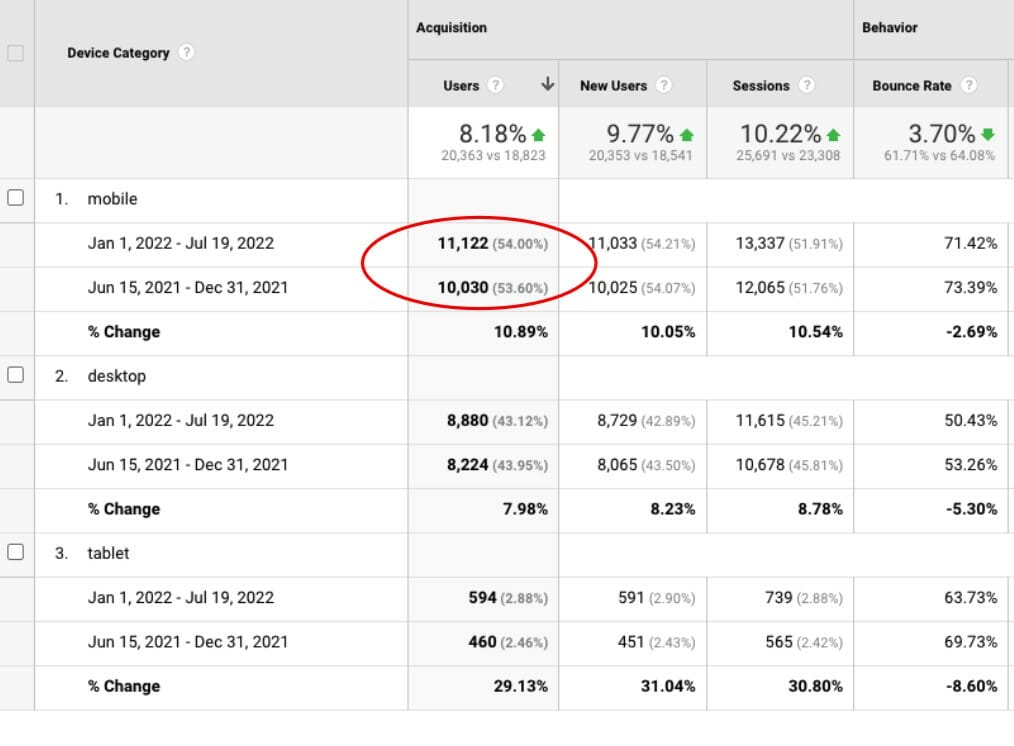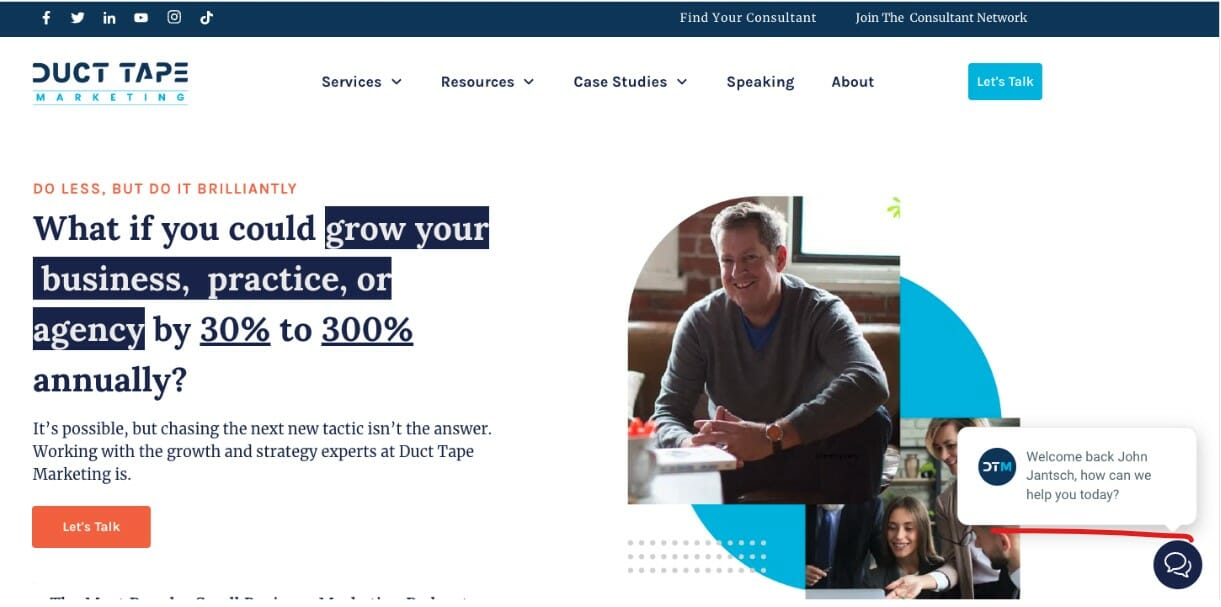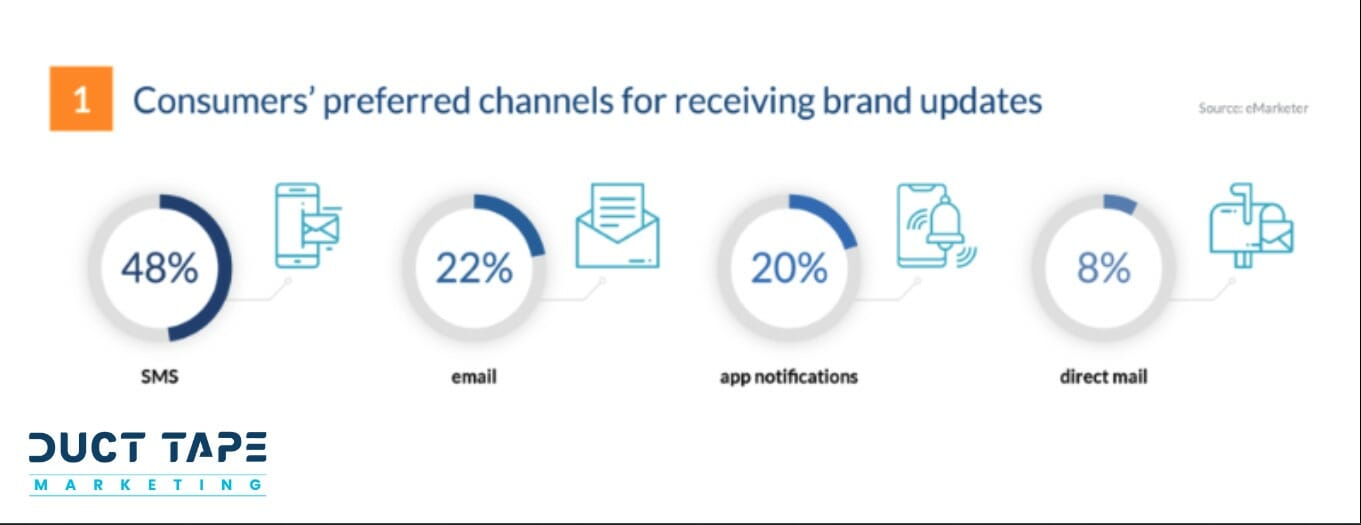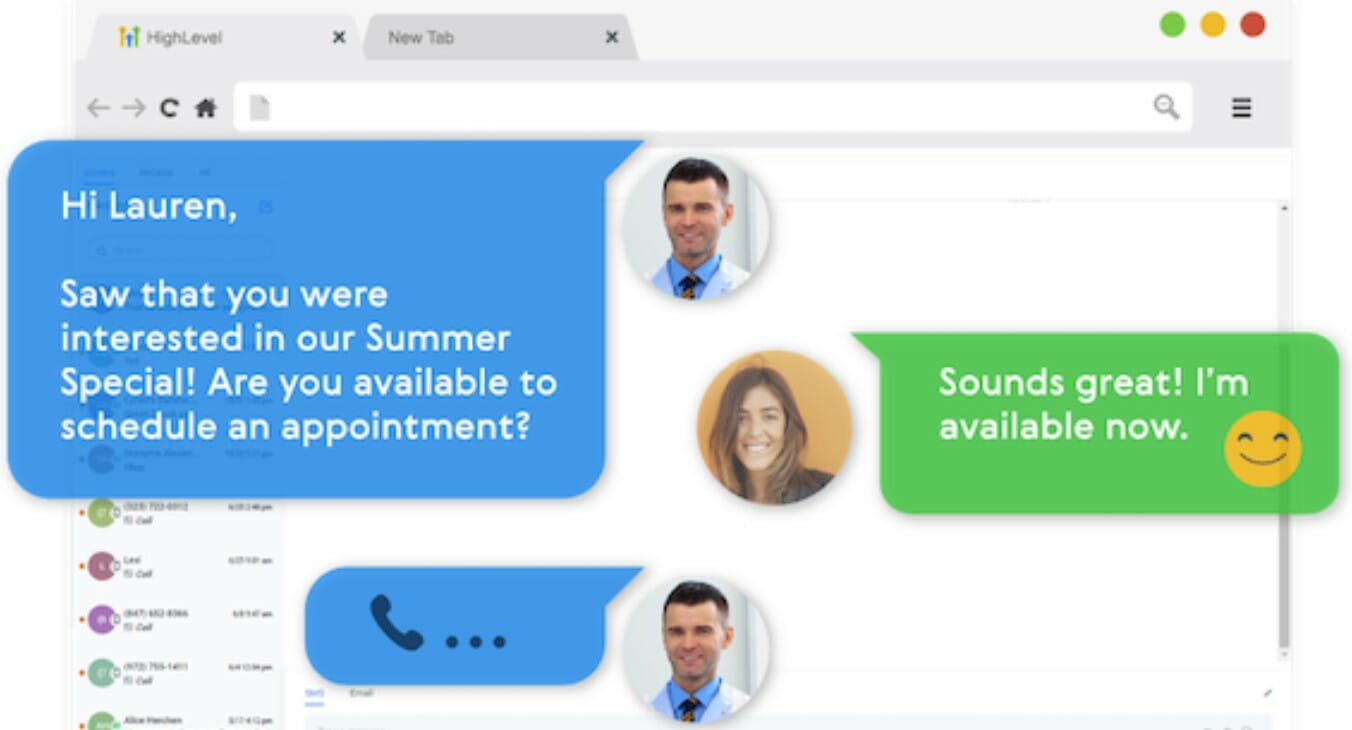How To Stop Losing Customers To Your Competition written by Shawna Salinger read more at Duct Tape Marketing
Generating leads can be challenging, especially if you are a small business owner. There is A LOT that goes into obtaining just one lead, let alone ten or 100 leads. But what’s worse? Creating a plan, paying for a successful advertising campaign, driving traffic to your website, generating leads…and then losing those sales because you don’t have the proper communication and lead nurturing systems in place.
Most businesses are moving away from the fragmented lead nurturing world and adopting an integrated digital lead nurturing and communication strategy. However, this can be harder for small businesses that maybe don’t have the resources or time to put some of these systems together.
Fortunately, technology has given us multiple possibilities, and now there is a lot we can do about it.
For small business owners, I’ll show you the program I created to help you communicate and nurture your leads and how to make it a success.
Find out more about how you can optimize your lead nurture system
But first, let’s look at the three main trends making it hard for small businesses, imparticular, to create a unified lead nurture system.
Here’s a quick overview of the three problem trends and actions you can take to resolve them.
Top trends Robbing Small Businesses of Leads
Speed to Lead
The first trend is Speed to Lead, which is the time a business takes to reply to a prospect from the moment they become a lead.
People today expect instant contact, but research indicates they’re not getting it. And this is really hurting businesses that don’t address it.
According to Velocify, responding to leads within the first-minute increases conversions by 391%. Other related research from Harvard Business Review reveals that contacting a lead within the first hour makes you seven times more likely to qualify that prospect.
But who has time to do that? Especially when you must reply quickly during working hours, at night, and over the weekends.
Of course, it doesn’t mean you have to sit all day long responding immediately to everything, but people expect at least a reply.
Do they want to know if you received their message? If someone is going to get back to them? What’s going to happen next?
Is speed to lead making a difference in sales?
Companies that acknowledge the importance of speed to lead have a huge advantage. According to E-marketer, 51% of leads will work with the organization that contacts them first.
Think about yourself as a buyer. If I had a new project to repair my home, for example, I might contact three companies and, without much concern for the price, the first one that replies will probably get the work. We are at the point where speed has become more influential in certain circumstances than price.
You could even make the case that if you responded faster, you could charge more. The most profitable companies today have made speed to lead one of their highest priorities, and they are raising their prices because of it. What if your speed to lead was your differentiator?
Now think about all the different channels people can get ahold of you to request a quote or a consultation. Or how many places are you not paying attention to because you can’t or don’t have the time to monitor them?

Google Business chat, for example, is one of the functionalities that Google added recently. Instead of calling you, getting directions to your business, or going to your website, customers can just send you a message and ask you a question or get a quote.
But you have also phone, voicemail, emails, website forms, website chat, Facebook Messenger, Instagram DMs, SMS, and the list goes on. Do you monitor and respond to all of them?
Now companies have to reply almost immediately, despite the fact that nobody has the time to monitor a ton of different apps and places.
As a business owner you need to think strategically about how you are going to utlize all the tools available to generate leads for your business while also being realistic about what you can manege.
SMS Overtaking Email
SMS has become a real choice for a lot of the people we do business with. In fact, 48% of the people said that SMS is their preferred channel for receiving updates from a brand. More than two-to-one SMS over email.
I assume there may be generational gaps in these statistics, and certainly, specific industries are more prevalent than others, but this trend is real.
Mobile is now overtaking desktop in terms of website visits. In the same survey, E-Marketer found that mobile devices today are driving 45% of web leads. And if people are using a mobile device, it is a whole lot easier to just send a text message to start the conversation.
Businesses need to not only be able to monitor and reply quickly but probably need to move a portion of those replies to text.

For example, the graph above is website traffic data from a home service business. 54% of their traffic comes from a mobile device, which really explains the convenience of moving part of the marketing strategy to text messages.
Of course, I am not talking about the spammy text messages that we all get. I am encouraging you to use SMS to create a better experience for people that are already on the customer journey and close to becoming a client. Or even build marketing campaigns to reengage past customers that have gone cold. People that already know you, but just haven’t heard from you for a while.
Personalized Website Journey
The bar has been raised. No longer can your website be a brochure that just describes what you do and how you do it. Today people expect to have personalized content experiences and real conversations within your site.
They want to engage in content that is highly relevant to them as fast as possible. Most of us serve multiple markets and multiple segments, which means you have to help people find what’s suitable for them. And that is where the customer journey starts, many people get a referral, Google your business, and then end up at your website.
Ask yourself: Is your site designed perfectly to engage everyone who visits or do you need help from them?
Technology is getting smarter every day. Our website chat is an example of a simple personalized website journey. And it begins with a straightforward message, “Welcome back, John Jantsch, How can we help you today?”

It knows who I am, and that type of personalization has become expected because technology makes it so easy. We can now lead our prospects directly to the most relevant content for them based on an answer they just typed.
A unified lead nurturing system
Let’s face it, if you have to reply immediately in a bunch of places, you need some automation. You need some technology that can help you do that.
Lead Spark, is a way to unify your messages, automate follow-ups (even on weekends), immediately get Google reviews to build social proof, reactivate one-time customers, turn website visits to chat conversations, run activation campaigns, capture more leads, and more.
For example, an automated follow-up that acknowledges a lead message and starts a conversation to explain what is going to happen next in the customer journey. Turning inquiries into text chats.
If you’re spending money on ads, if you’re spending money on SEO and then you’re wasting some of that money because you’re not responding quickly to some of the leads that are coming in, then to me that’s worse than not figuring out how to get leads in the first place.
Learn how to automate your lead nurturing
 In this episode of the
In this episode of the 
 In this episode of the
In this episode of the  In this episode of the
In this episode of the 
 In this episode of the
In this episode of the 





 In this episode of the
In this episode of the  In this episode of the
In this episode of the